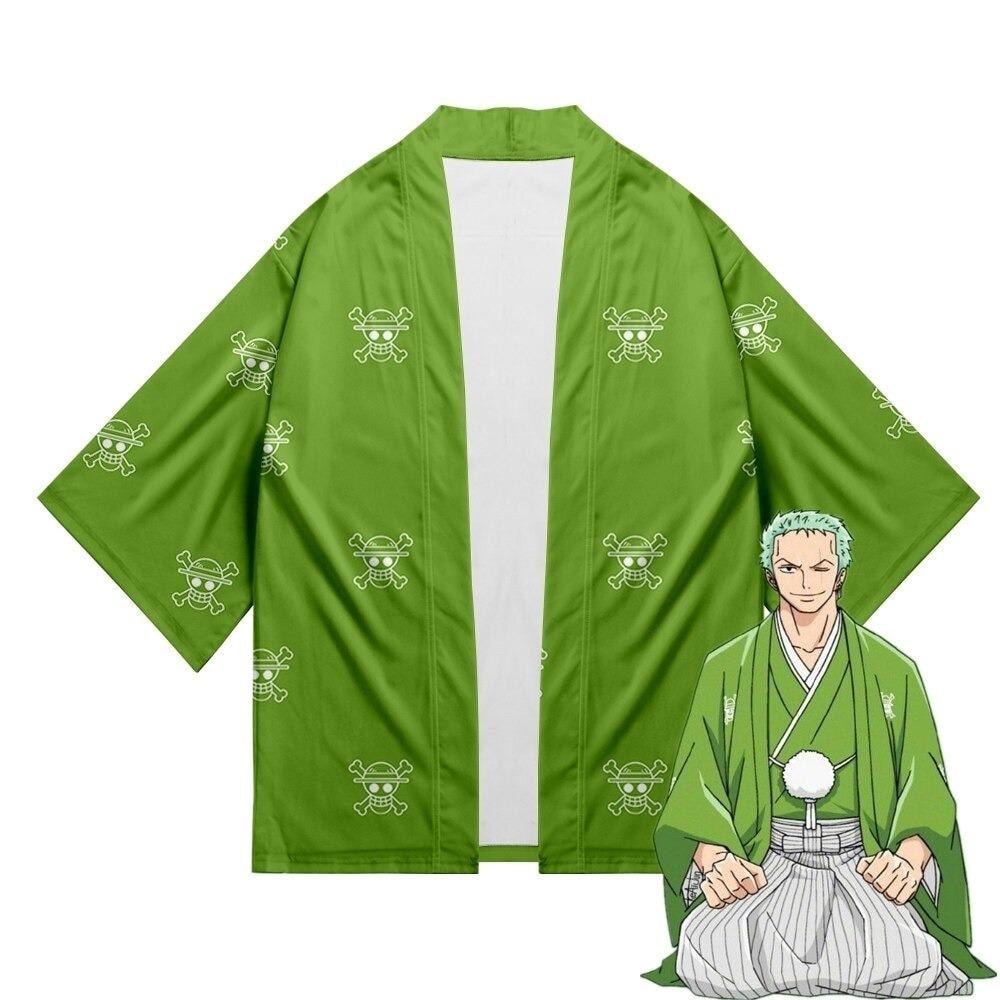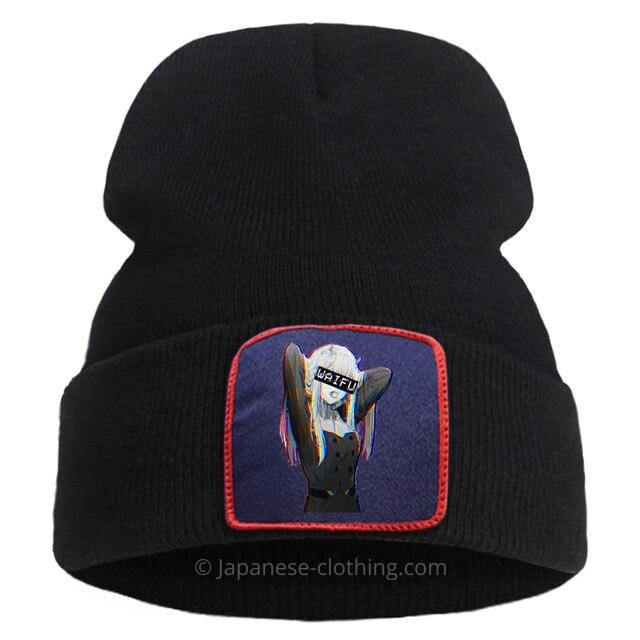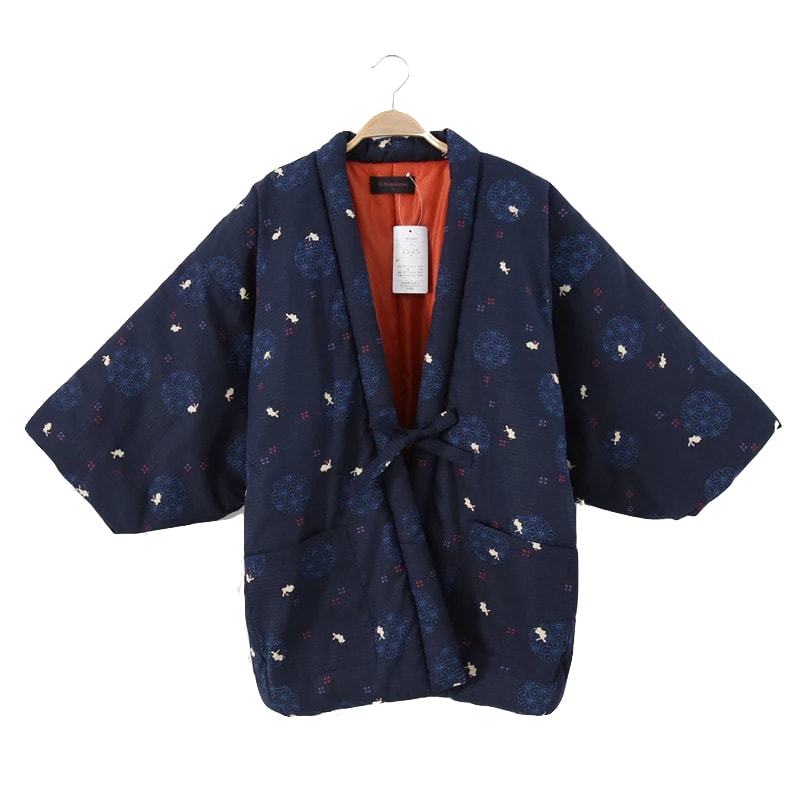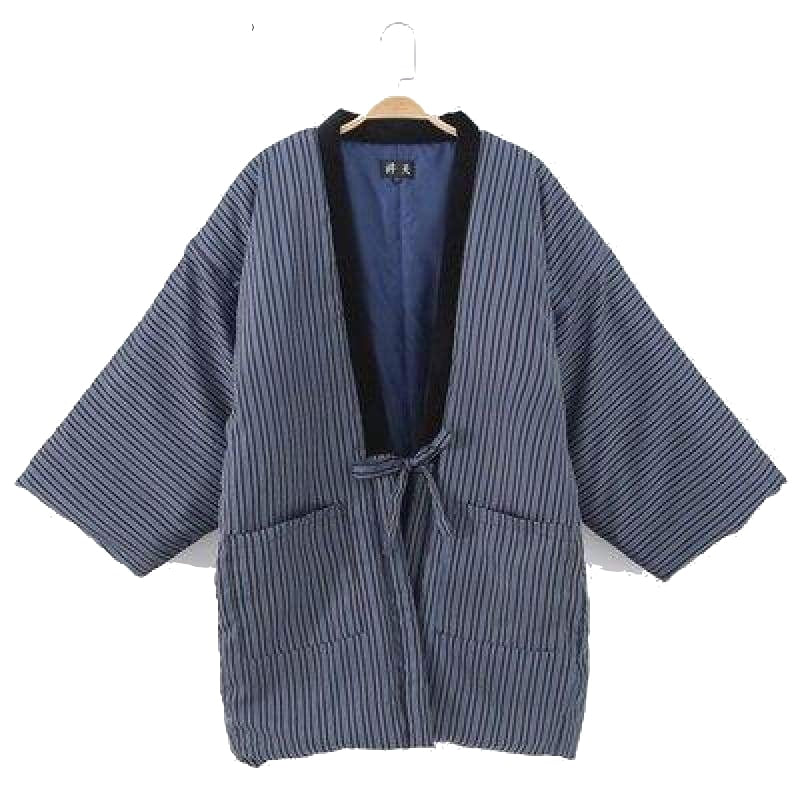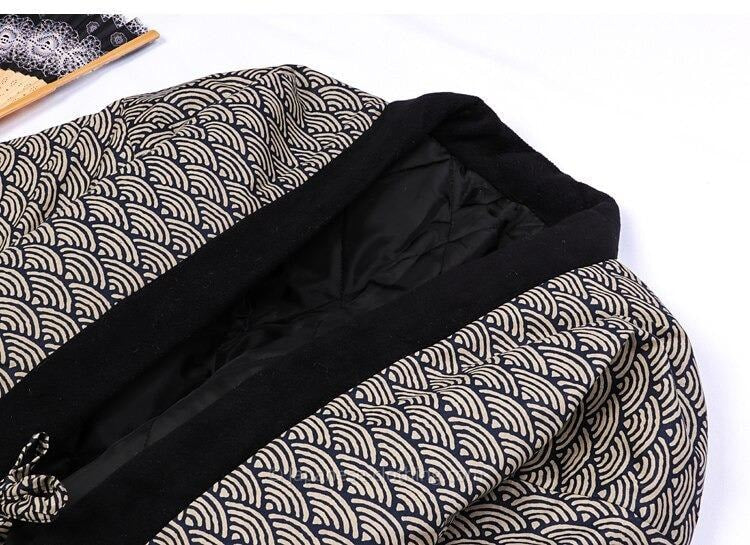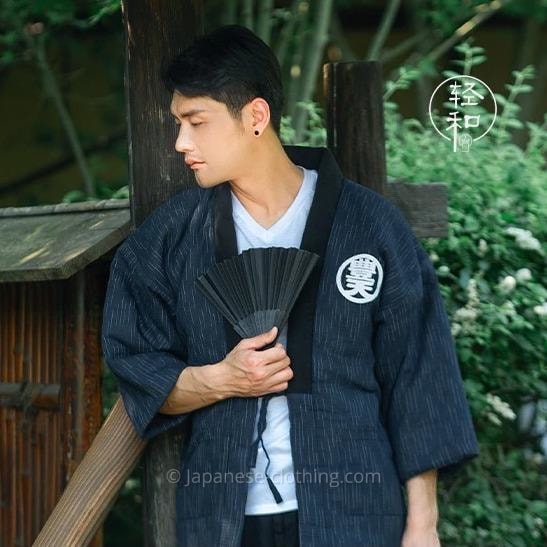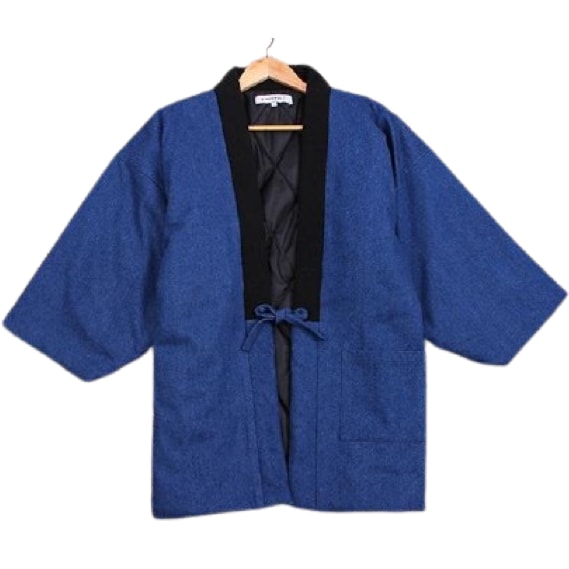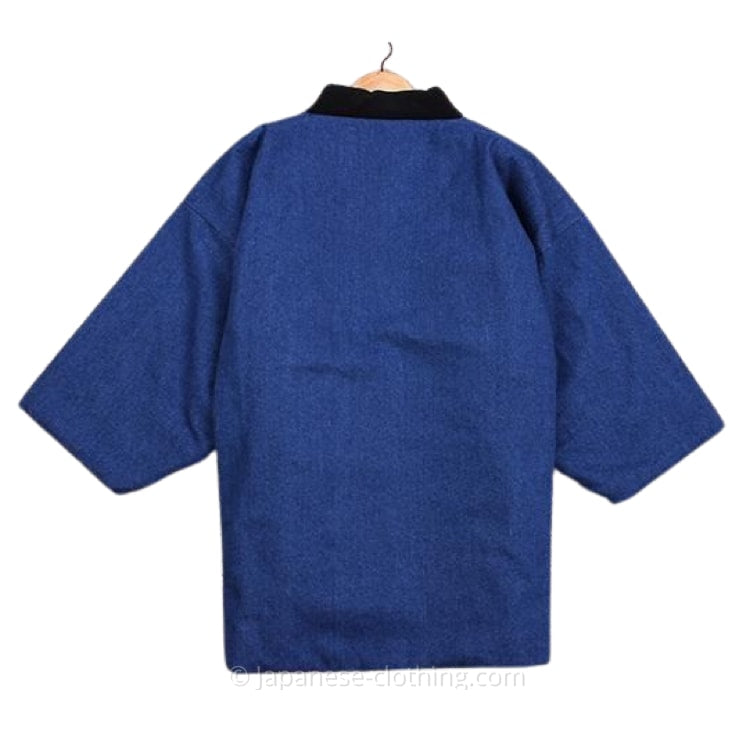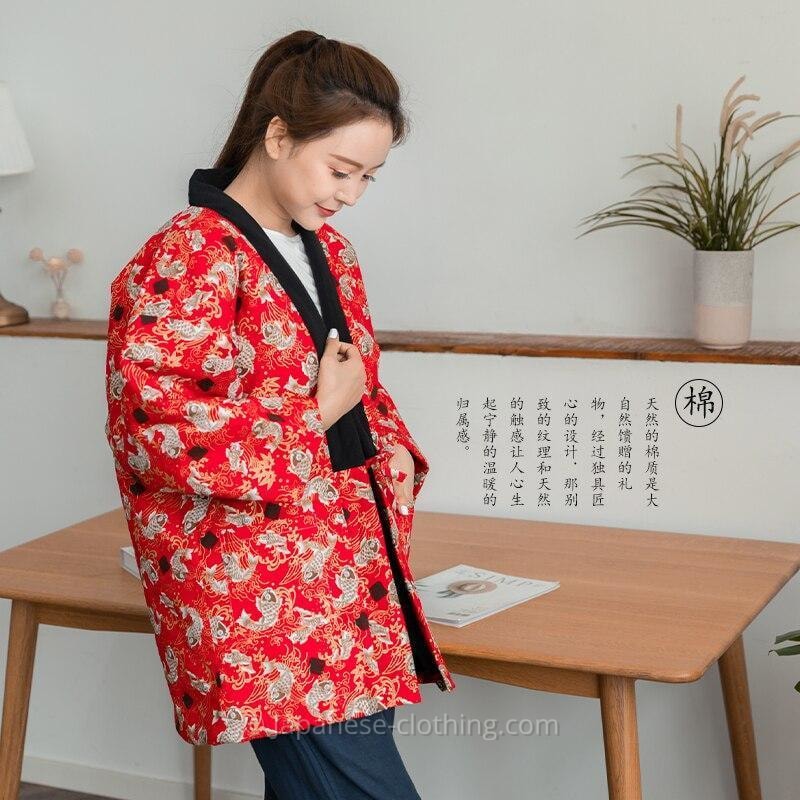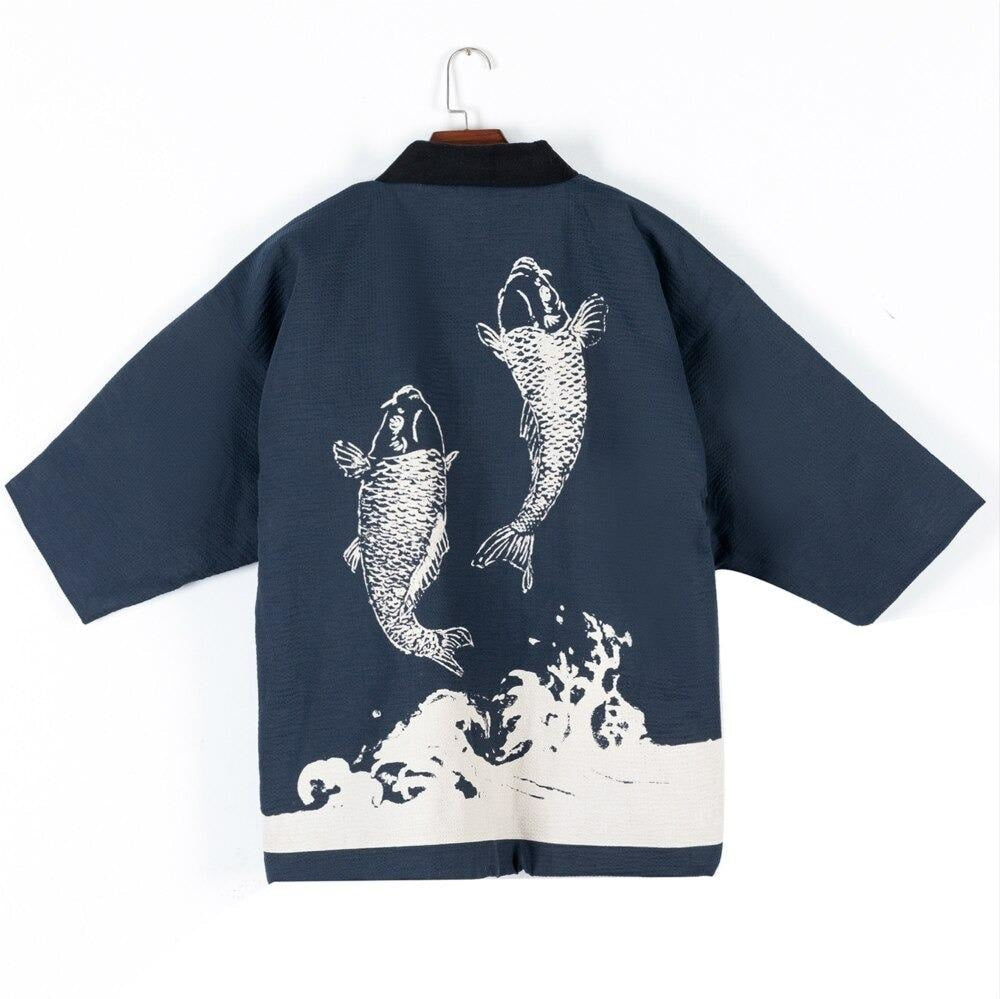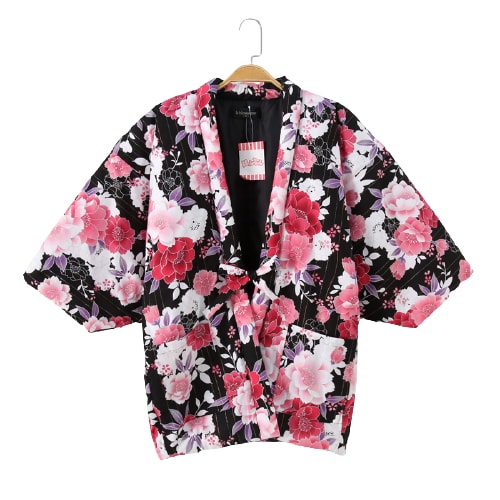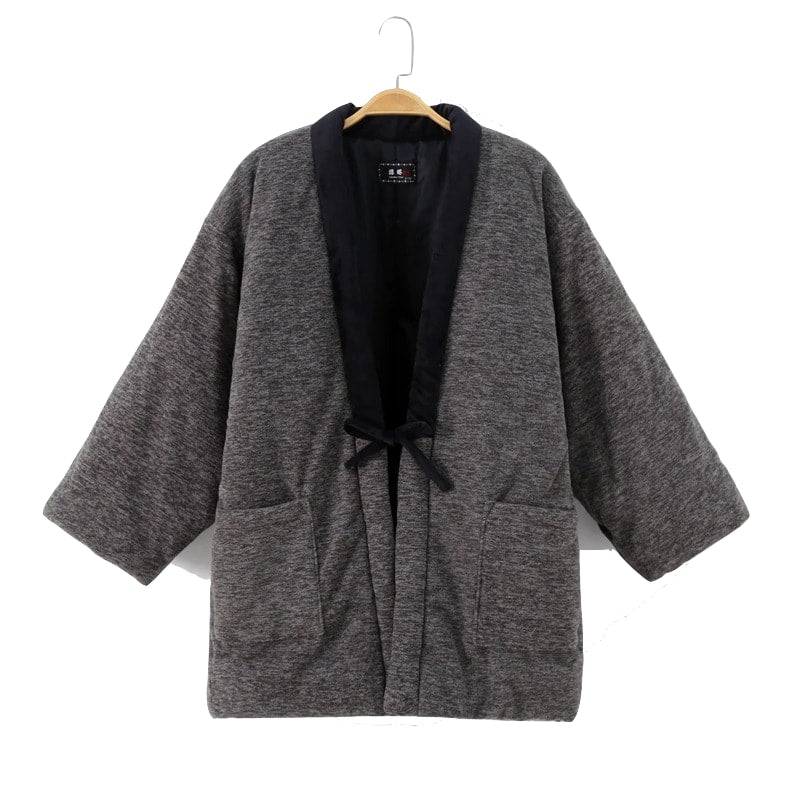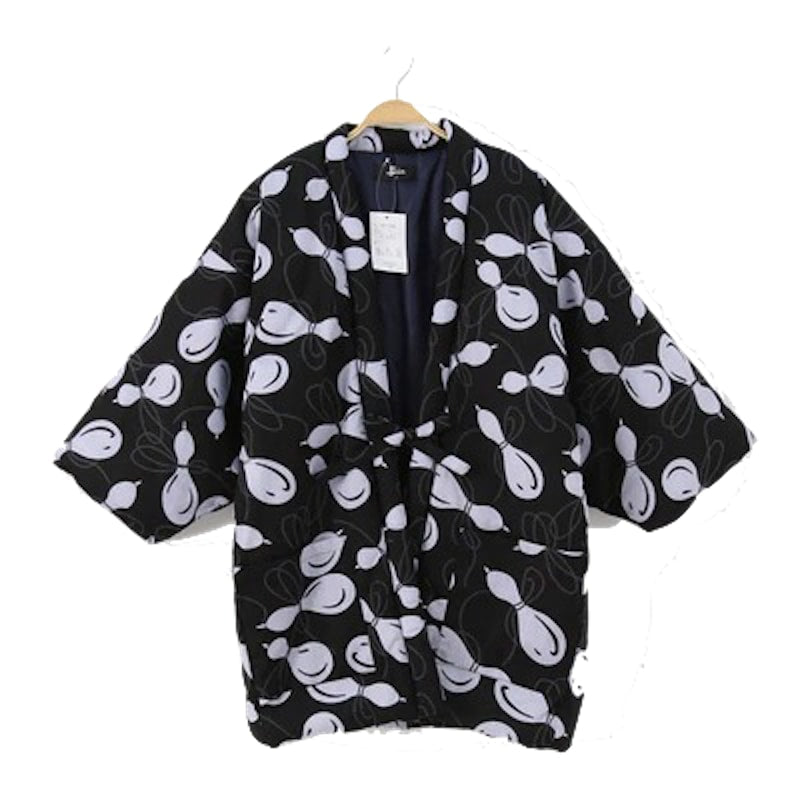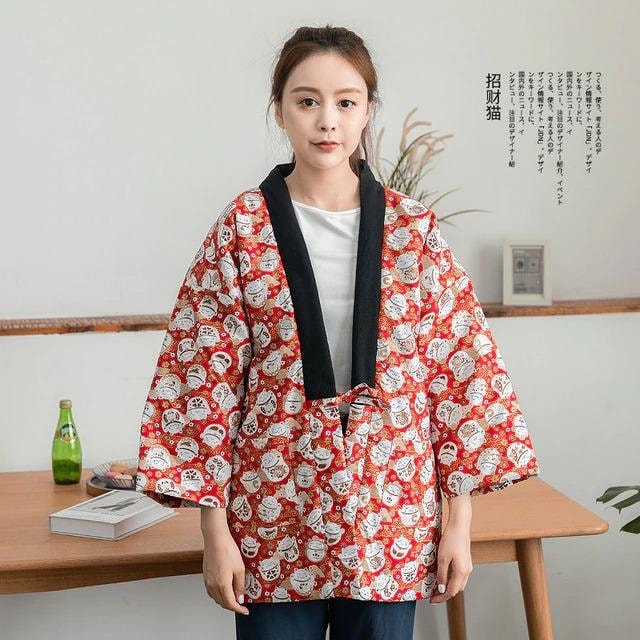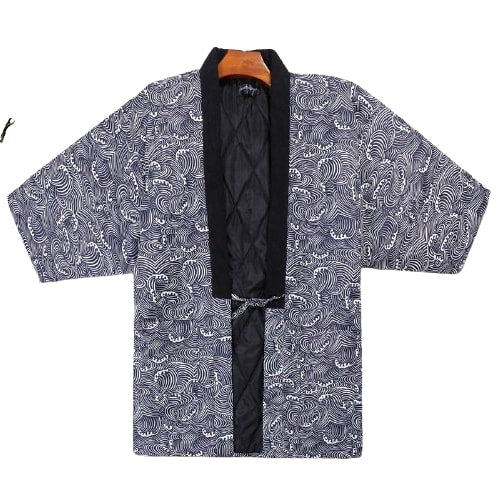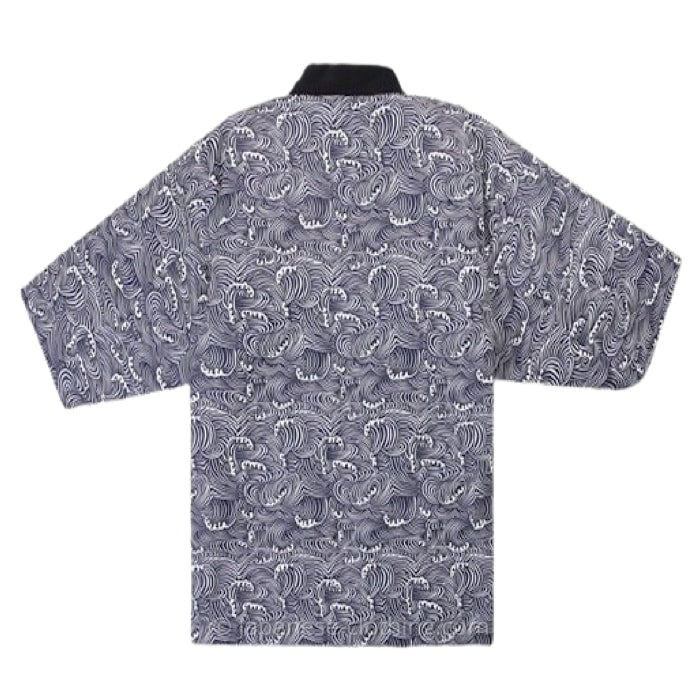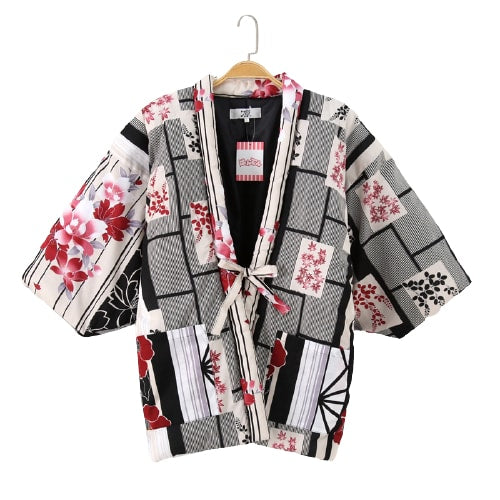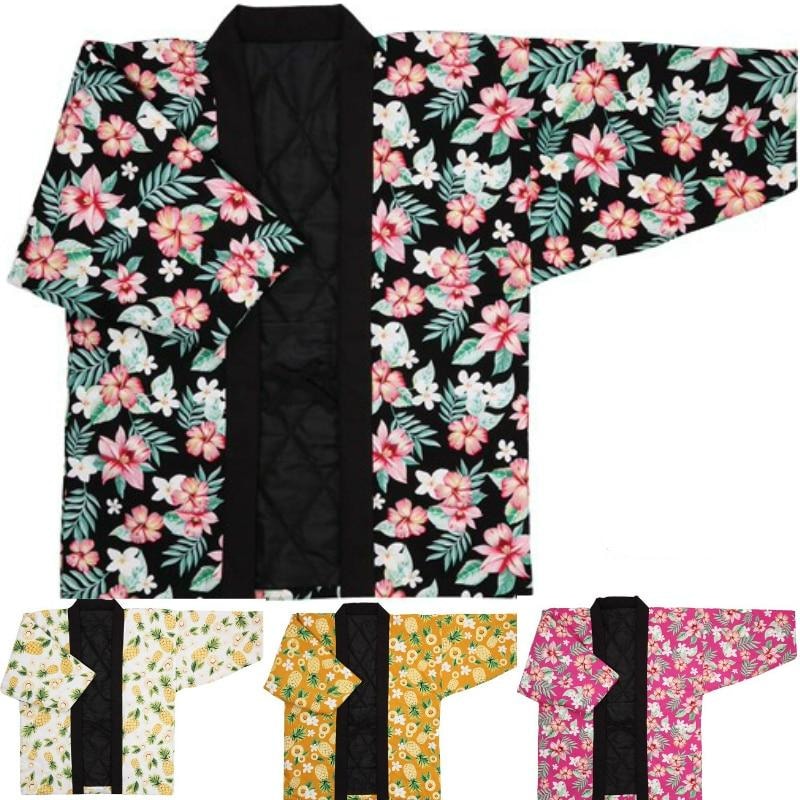Hanten
Discover and buy the best-made Hanten jacket for sale for men and women!
Showing all 22 results
-
Select options
Hanten Coat $92.95
-
Select options
Hanten Parka $219.95
-
ADD TO CART
Red Hanten Jacket $104.95
-
Select options
Japanese Farmer Coat $84.95
-
ADD TO CART
Traditional Hanten $119.95
-
Select options
Hanten Jacket Men’s $104.95
-
Select options
Hanten Fashion $92.95
-
ADD TO CART
Blue Hanten Jacket $104.95
-
ADD TO CART
Women’s Hanten Jacket $114.95
-
Select options
Vintage Hanten $104.95
-
Select options
Sakura Hanten $92.95
-
Select options
Quilted Hanten $84.95
-
ADD TO CART
Tokyo Hanten $114.95
-
ADD TO CART
Hanten Vest $104.95
-
ADD TO CART
Hanten Down Jacket $104.95
-
ADD TO CART
Winter Hanten Jacket $104.95
-
ADD TO CART
Traditional Japanese Winter Vest $124.95
-
ADD TO CART
Neko Hanten $114.95
-
ADD TO CART
Hanten Matsuri $104.95
-
Select options
Hanten Kimono $92.95
-
Select options
Hanten Jacket Floral Pattern $92.95
-
Select options
Cardigan Hanten Jacket $92.95
Showing all 22 results
A Hanten (袢纏, 半纏, 半天 or 袢天, lit. Hanten) is the traditional Japanese Winter Coat worn by both men and women during the cold seasons in Japan. It consists of a short jacket with short sleeves and a warm padding of cotton or polyester lining. Hanten jackets originated in the 18th century during the Edo Period when they were worn as overcoats and working garments by common people and workers over their kimono.
Hanten coats are made so that the cotton fibers prevent moisture and heat, which helps to keep the fabric warm and dry. If the volume of the inner cotton of the Hanten seems to decrease over time, a good way to bring it back to normal is to dry it in the sun.
The sleeves are deliberately shorter so as not to interfere with the work of the hands. Very warm and comfortable. Stuffed with thick cotton (70%) and polyester (30%) wadding, it is the perfect outfit for winter with free shipping to the UK and USA.
The Hanten also plays a role in representing the many seasons of the Land of the Rising Sun and how the Japanese cope with these seasonal changes. In addition, it also shows how the Japanese value convenience and use of a product while incorporating their love of art into their clothing.
Adults are not the only ones to wear a Hanten Jacket in Japan, young children too. It is very common for children to have a Hanten designed with kawaii printed patterns to keep them warm when the weather is cold. Hanten for children are designed with bright colored fabrics to make it look more flashy and kawaii. They are also designed to provide enough warmth to the body in winter. Some children even wear their Hanten over their pajamas before going to sleep because this Japanese coat is more comfortable.
Etymology
The term Hanten (半纏 ) refers directly to how the jacket look. The word is formed with a combination of the Kanji “han” (半) that means “half”, a reference to the length of the sleeves being half the length and the Kanji “ten” (纏) that is the common term word to described something that is supposed to be worn by people.
What are Hanten made of?
Although most Hanten Jackets can be made of many different materials, the best ones remain in:
Cotton
Hanten made of cotton are perfect for cold weathers and are drastically softer to the touch. However, cotton is a quite complicated fabric to work with and more expensive, so the price of a Hanten made of 100% cotton will be much higher than one made of synthetic material.
Synthetic fabric
The advantages of Hanten designed with synthetic fabric such as polyester or modal are many. Firstly, they have the advantage of allowing more difficult patterns or symbols to be designed on the fabric, so if your goal is to have a Hanten printed or embroidered with a special symbol, it will always look better on this type of fabric.
Furthermore, polyester is a less noble material than cotton or silk, so it is less expensive, less hard to work with and the cost of purchase is greatly reduced. Today, the majority of Hantens sold on the market to the general customers are made of a combination of cotton and polyester, about 70% cotton and 30% polyester.
Silk
Some very high-end Hanten are made of premium silk, but they are quite rare. Silk is a material associated with wealth and opulence, and Hanten is considered a garment of the people, which is probably why silk Hanten are harder to find.
Different types of Hanten
This traditional coat was designed to suit the needs of any men and women no matter their body type of the season of the year but mostly during cold weathers. With its warm lining of thick layer of wadded cotton for warmth, it was a perfect jacket to wear during winter and could even display a family crest or other designs on the front or on the back.
So thanks to its popularity during the Edo Period, lots of different Hanten structures have been designed since the 1800s, here is a little list of the different types of Hanten that you can find in Japanese Fashion:
1. Long Sleeve Hanten
Long sleeves are obviously the warmest option if you’re looking for something that comes closest to the feeling of being wrapped in a blanket (without having to drag a blanket with you). The downside is that these cotton-filled Japanese Hanten are very thick.
Furthermore, you are more likely to spill things accidentally on you while wearing a Long Sleeve Hanten, so if you’re thinking of wearing your Hanten for a job or task where you manipulate substances or aliments, like cooking or crafting, this is not the best option.
But, in the end, if you just want something to keep you warm while lounging in front of the TV, this is the way to go.
2. Half Sleeve Hanten (Yakko)
The half-sleeved Hanten is so popular that they even gave it its own name. The “yakko” (冷奴) is the best alternative and what most of us recommend you to wear in 2021. You get the warmth of long sleeves and the convenience of a sleeveless style in this half sleeve Hanten.
3. Short Sleeve or Sleeveless Hanten (Chanchanko)
Called Chanchanko (ちゃんちゃんこ), this short sleeve Hanten looks like a vest and are very popular among Japanese youth but also adults as it keeps their hands free. They are perfect for anyone who wants to keep warm while doing tasks with their hands, including cooking, gardening or crafting.
Differences between Hanten, Happi, Haori and Noragi
Hanten, Happi, Haori and Noragi are all different styles of kimono jackets. Most are designed to be worn over a kimono in cold or rainy weather, both for better insulation and to protect the kimono from the elements.
Haori
The Happi is usually dyed in a single color but emblems and certain patterns provide relief from the monotone. They are still worn at many matsuri in Japan and by traditional Japanese workers, such as farmers.
Noragi
Noragi is also a casual Japanese workwear and is usually worn by workers working in the fields or engaged in physical forms of work.
The noragi jacket comes down to the hip or slightly above the thigh. It has a simple, informal design and does not need to be worn over a kimono. Interestingly, American singer-songwriter John Mayer is often seen in a casual Japanese noragi.
How to wear a Hanten?
Although this traditional garment has changed over time, its simplistic design allows it to be accessorized with many outfits.
The Hanten can be worn over a white turtleneck or even on a Sunday over pajamas. It is a rather casual jacket that would be perfect for a loose look. As you can see, the Hanten is a very versatile jacket.
Japanese people don’t use heating during winter and usually use a kotatsu to keep them warm, but not everyone has one. Therefore, a winter coat like the Hanten, warm and elegant, is really the ideal garment to pay off the electricity bills!
Whether you are studying, dining with your family, going out shopping or attending a matsuri, the Hanten is perfect choice between comfort and elegance.
How to maintain a Hanten?
Taking care of a Hanten is a bit like taking care of a Japanese futon: just air it out after every long period of usage. Every one or two weeks, it is best to find a sunny morning and let it hang in the sunlight for an hour or two.
How to clean a Hanten?
In general, Hanten should not be put into the washing machine. However, depending on the material that your Hanten is made of, it may be possible to put your Hanten in a net and wash it directly with all your others clothes. In most cases, it’s best to hand wash it, wrinkle it and let it dry in the sun.

